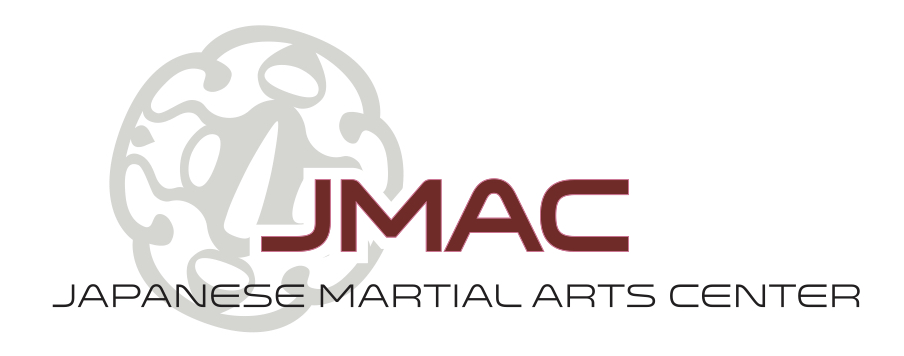We are often asked to explain the difference between the words Karate, Karate-Do (sometimes written "Karatedo") and Karate-Jutsu (or "Karatejutsu"). All these words refer to a closely related set of martial arts that focus primarily on strikes, kicks, and blocks. These martial arts have a common history that began in Okinawa (once the Ryukyu Kingdom, now a territory of Japan). Some are still primarily Okinawan in pedigree, but others have largely become Japanese, Korean, or even Western.
Karate is the most generic of the words listed above. It means "empty hand" in Japanese, and refers to the idea that many of the fighting techniques found in these arts are done without weapons. In the 20th Century, the word has come to mean any of several fighting or self-defense systems, including Shorin-Ryu, Shotokan, Kyokushinkai, and Goju-Ryu. In the West, many people use the term to refer to any art mainly composed of striking techniques, so you will often hear references to American Karate or Korean Karate (Tae Kwon Do).
Karate-Jutsu refers as much to a philosophical approach to Karate as it does to a discrete branch of the art. "Jutsu" means "art" or "craft," and, in a martial arts context, carries with it a connotation of fighting or war-making. Many who practice Karate-Jutsu focus more on the practical applications of karate as a fighting art than on its philosophical aspects. Others concentrate on competition or sparring. This form of karate is fairly rare in North America, though one of its foremost advocates is Sensei Gary Legacy, whose dojo is located in St. Thomas, Ontario.
Karate-Do refers to a way of practicing Karate that focuses on its virtues as a lifelong path of self-improvement. "Do" (pronounced "dough") means "way" or "path." In the martial arts context, it describes a codified system of physical and mental education that is designed to affect the whole person in a variety of ways. Through long-term severe practice, Karate-Do is meant to make its practitioners more physically fit, more mentally acute, and more spiritually balanced.
You will find the same emphasis on personal development in all the arts taught at the Japanese Martial Arts Center, including Judo (the way of adaptibility), Iaido (the way of the sword), and Jujutsu (the art of self-defense).

1 comment:
Do
The way in Martial Arts is a very interesting aspect. It compares to life, to training, who we are in the Dojo and outside. On the floor we learn to balance our technique. Even if it is as simple as a forward stroke, we still need balance. Each motion needs to be in harmony, our hands and arms, our legs and feet. Iwazu. This harmony in motion is also very interesting in traffic, how we move our vehicle through a packed interstate. Even there a critical distance 'Maai' is necessary and the judgement about it. The path in the Dojo is an activity of growth. Every training session has been an improvement. Little details, being often very important. The Do is the way of improvement. It is a body, mind, spirit honing experience. In a way everybody who trains, who follows the path, polishes himself in may different aspects. There are many things to learn in the Dojo that you can easily apply, with family and friends, at work, in life.
Post a Comment